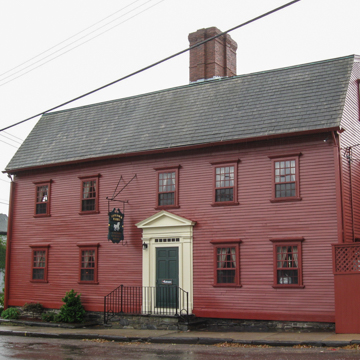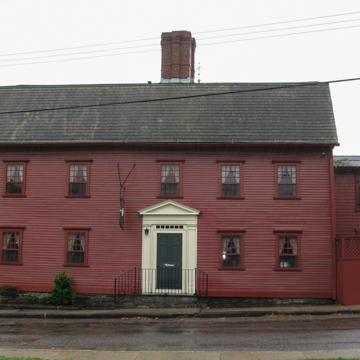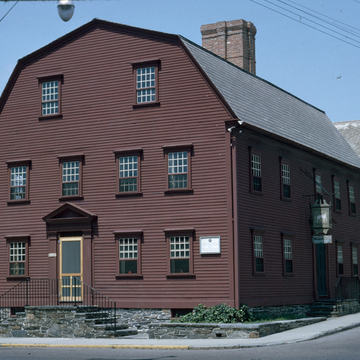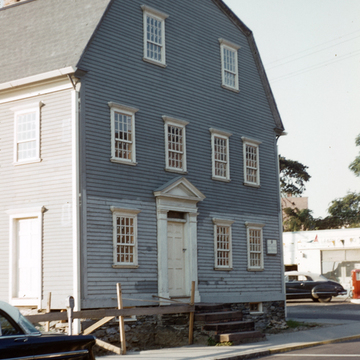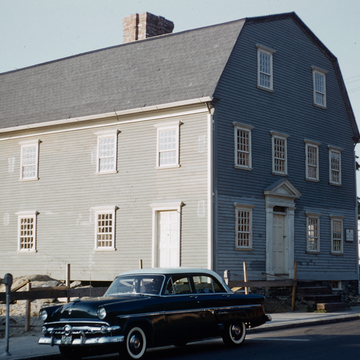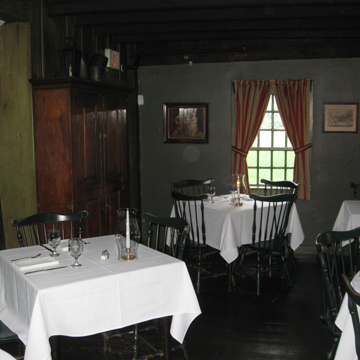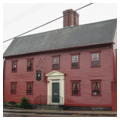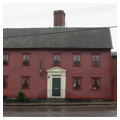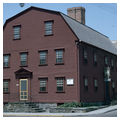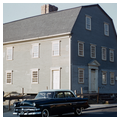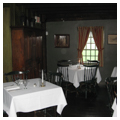Of all the buildings which ringed the property of the meeting house, the White Horse Tavern, already in place when the Friends built across the way, alone still stands. Its history is entwined with that of the city, even as its architecture is characteristic of colonial Newport. After acquiring the property from the breakup of founder William Coddington's original six-acre plot, William Mayes was granted a license to keep a tavern by 1687. The oldest parts of the building—which was originally a two-room house with central pilastered chimney and huge
You are here
White Horse Tavern
Before 1673. 1780, extensive alterations, present gambrel roof. Farewell and Marlborough sts.
If SAH Archipedia has been useful to you, please consider supporting it.
SAH Archipedia tells the story of the United States through its buildings, landscapes, and cities. This freely available resource empowers the public with authoritative knowledge that deepens their understanding and appreciation of the built environment. But the Society of Architectural Historians, which created SAH Archipedia with University of Virginia Press, needs your support to maintain the high-caliber research, writing, photography, cartography, editing, design, and programming that make SAH Archipedia a trusted online resource available to all who value the history of place, heritage tourism, and learning.














